1. The Friends Apartment: A Loft of Infinite Possibilities
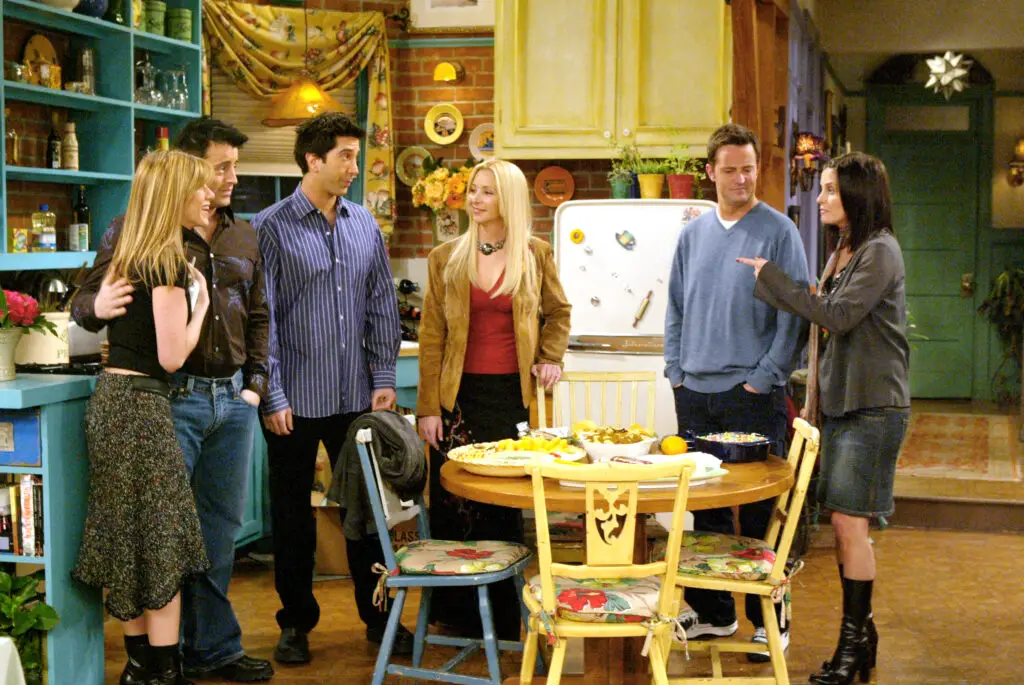
Monica’s apartment in Friends is iconic for many reasons—its open layout, the funky purple walls, and that spacious kitchen. But let’s talk about the physics of it. If you’ve ever wondered how a two-bedroom apartment in New York City could be that big and affordable, you’re not alone. According to every real estate expert, it’s virtually impossible to find a rent-controlled apartment of that size, especially one with a stunning view and that much space.
The other big question is the logistics of the building itself. Monica and Rachel’s place had no obvious structural columns or load-bearing walls, a design flaw that defies basic architectural principles. Also, we never see any neighbors, which would be strange in a real city building. Even for a sitcom, the sheer size and layout of their apartment would make it physically impractical, not to mention the unrealistic rent for an ideal Manhattan location.
2. The Full House House: Three Generations, One Overcrowded Space
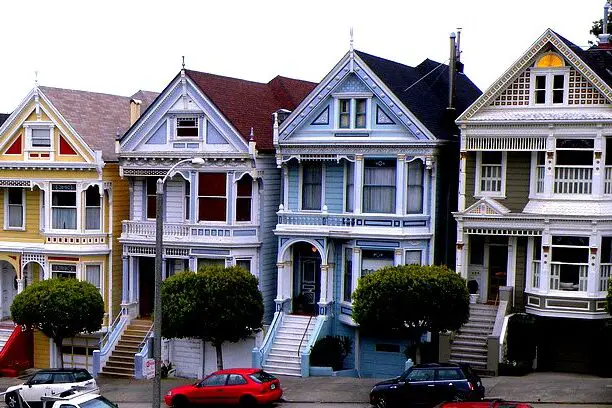
The Tanner family home from Full House is another sitcom house that breaks the laws of physics. The house, located in San Francisco, seems to defy gravity and logic. For one, the family managed to fit three generations of adults, along with a revolving door of guests and visitors, into a house that was clearly designed for a small family. The physics of personal space alone makes this scenario highly improbable.
But the most head-scratching feature of the Tanner house is its bizarrely huge basement. Not only does it somehow have enough space to accommodate a full kitchen and a seemingly endless collection of toys, but it also has a door that leads into the main living area, which doesn’t align with the rest of the home’s layout. In a real home, that would have been a serious design flaw.
3. The The Big Bang Theory Apartment: A Space That Defies Geometry
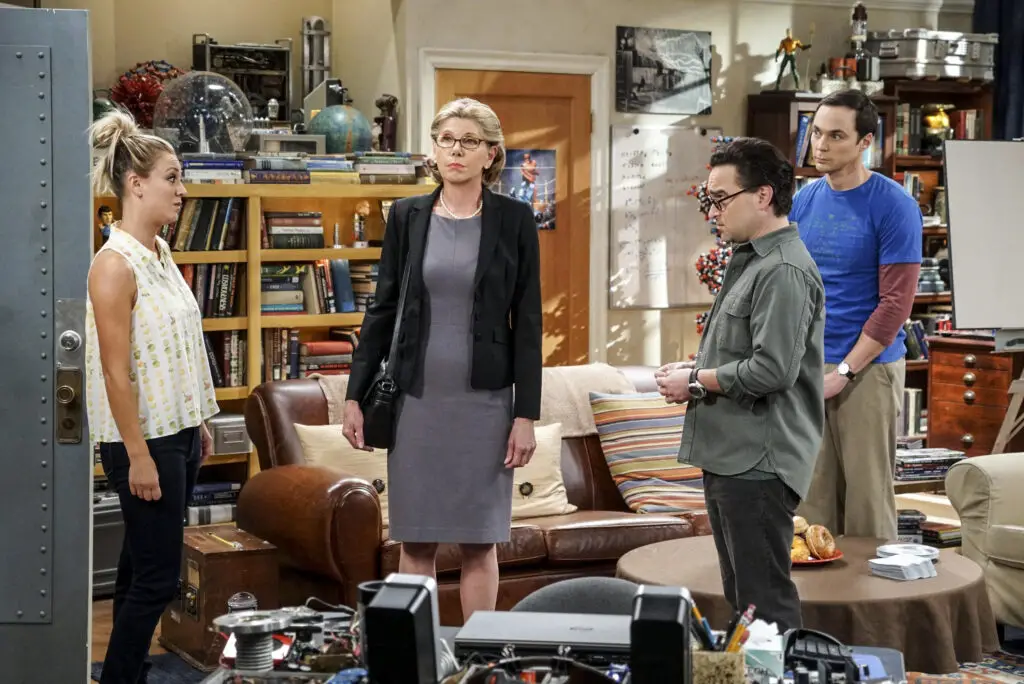
In The Big Bang Theory, Leonard and Sheldon’s apartment is a cozy space with enough room for all their scientific debates and social awkwardness. But if we take a step back and think about the physical dimensions of the apartment, things get a bit sketchy. The layout seems to break all the rules of geometry, with rooms and hallways that are almost too large for a standard apartment in Pasadena.
One of the most puzzling aspects is the door to the bathroom, which somehow leads to a tiny closet. In reality, that would require a series of awkward maneuvers to fit into such a narrow space. Not to mention, there’s the issue of the hallway being both too spacious and completely devoid of other tenants. It’s an unrealistic, oversized apartment that doesn’t quite add up when you start considering how space is actually organized in real-life buildings.
4. The The Simpsons House: A House That Shrinks and Expands

Homer and Marge’s house in The Simpsons has been a source of confusion for years. The most glaring issue with the Simpson residence is how the house can appear so large from the outside while still fitting into a traditional suburban lot. The house itself seems to shrink and expand depending on the needs of the storyline—sometimes it feels like an ordinary home, and other times it’s shockingly vast.
For example, in the opening credits, we see the front door seemingly located at the center of the house, but later, we see the living room and kitchen areas far removed from each other. With multiple rooms appearing and disappearing depending on the scene, the house defies all spatial laws. In the world of The Simpsons, the dimensions of the house are completely fluid, which would be impossible in the real world.
5. The The Golden Girls House: A Florida Home Built for a Sitcom
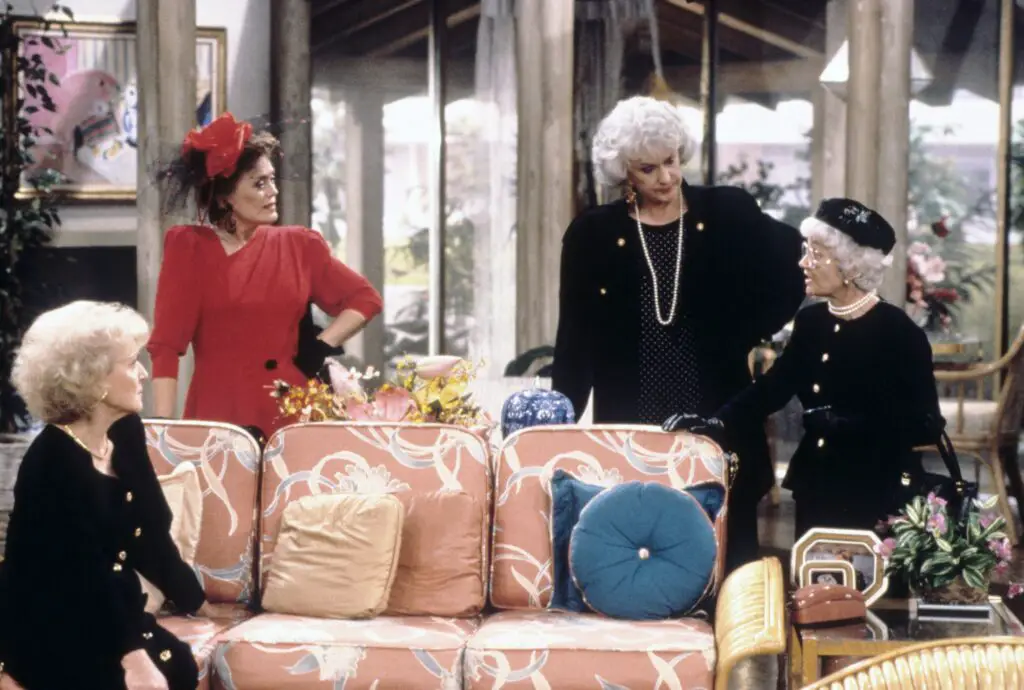
The house from The Golden Girls is another sitcom structure that challenges all the rules of architecture. Located in sunny Miami, the house has a layout that’s as ideal as it is unrealistic. Four women, all with different lifestyles and needs, live together in a spacious, beautifully decorated home that seems to have no shortage of rooms, all with plenty of privacy.
However, in reality, the cost of such a house would make it nearly impossible for retirees to live in such luxury in Florida, especially in a desirable neighborhood. The house also has an oddly large kitchen that’s separate from the living area, with an open layout that feels more like a hotel than a family home. From an architectural perspective, the Golden Girls’ house is more of a fantasy than a feasible real estate option.
6. The That ’70s Show Basement: A Retro Wonderland That Defies Space
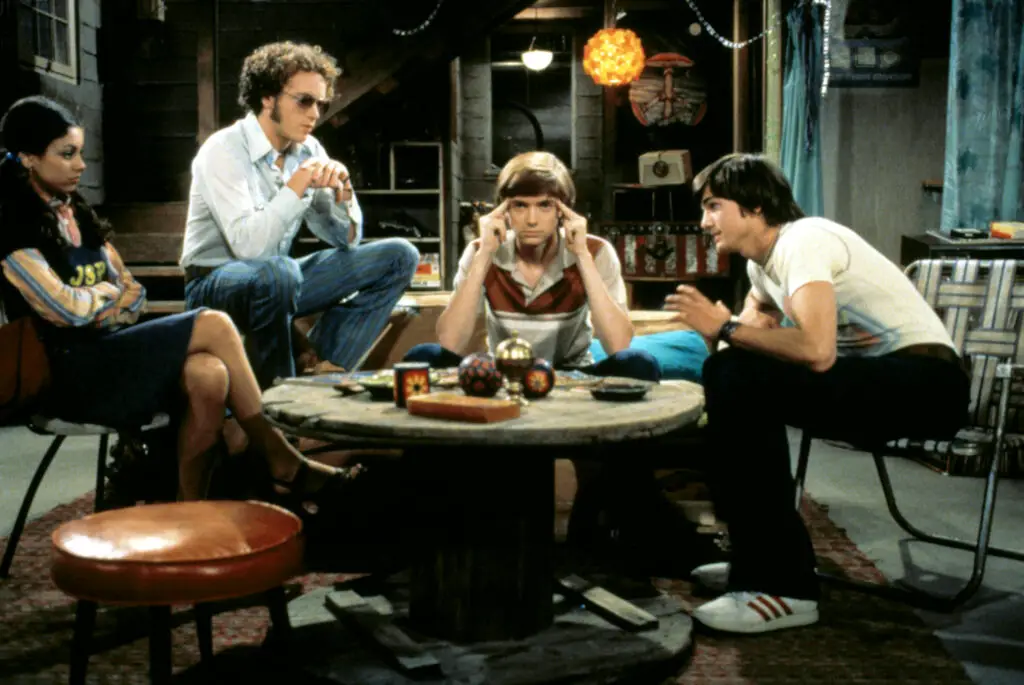
The basement in That ’70s Show is the epitome of teen hangouts, offering an eclectic space for the group of friends to hang out in. The issue with the basement is that it seems to exist on an entirely different level of reality, with an impossible amount of space considering the size of the house itself. The basement is decked out with couches, a jukebox, a ping pong table, and an entire makeshift bar, yet the house it’s connected to doesn’t appear to have that much square footage.
The physical space of the basement appears to stretch on forever, a design flaw that breaks all laws of spatial consistency. Not only does it provide all the comforts of a teen’s dream hangout, but it manages to do so in a house that should have had no room to spare. The size and layout of this basement defy any sense of proportion, making it an obvious contender for the most physics-defying space in a sitcom.
